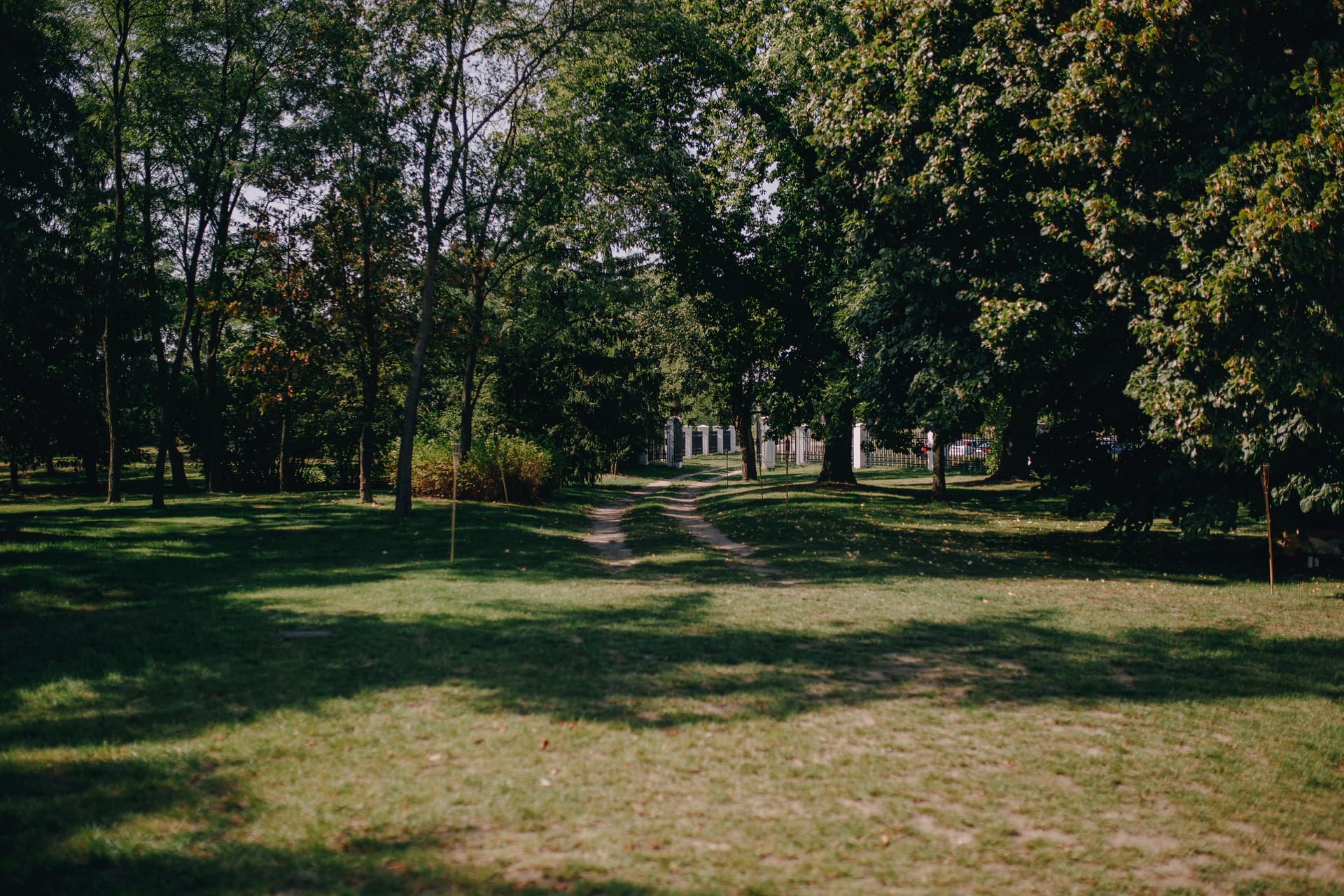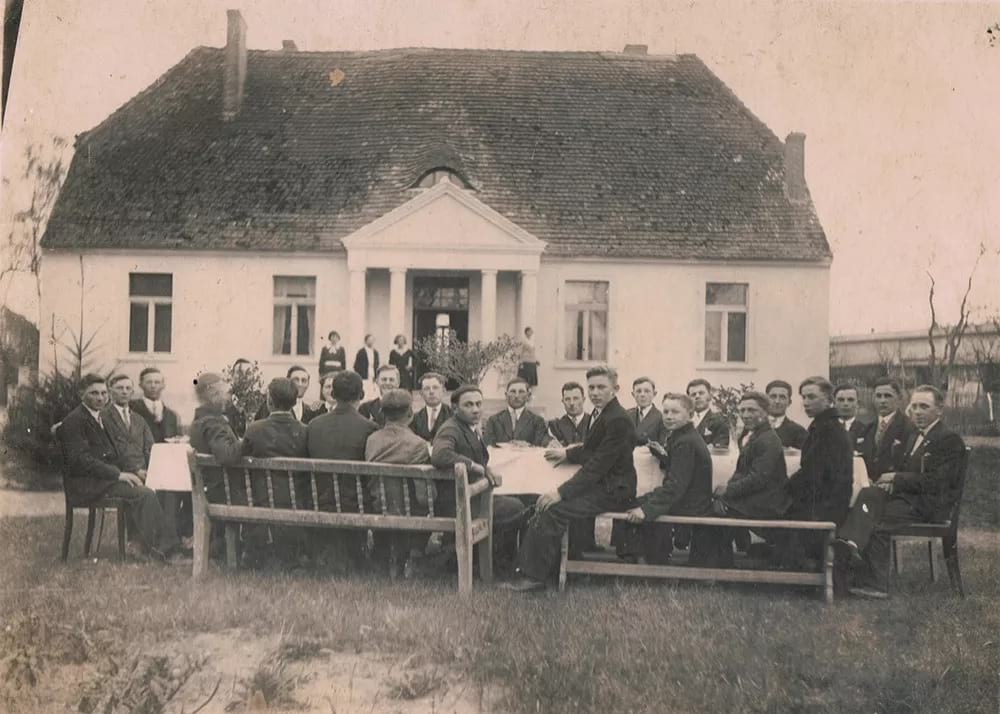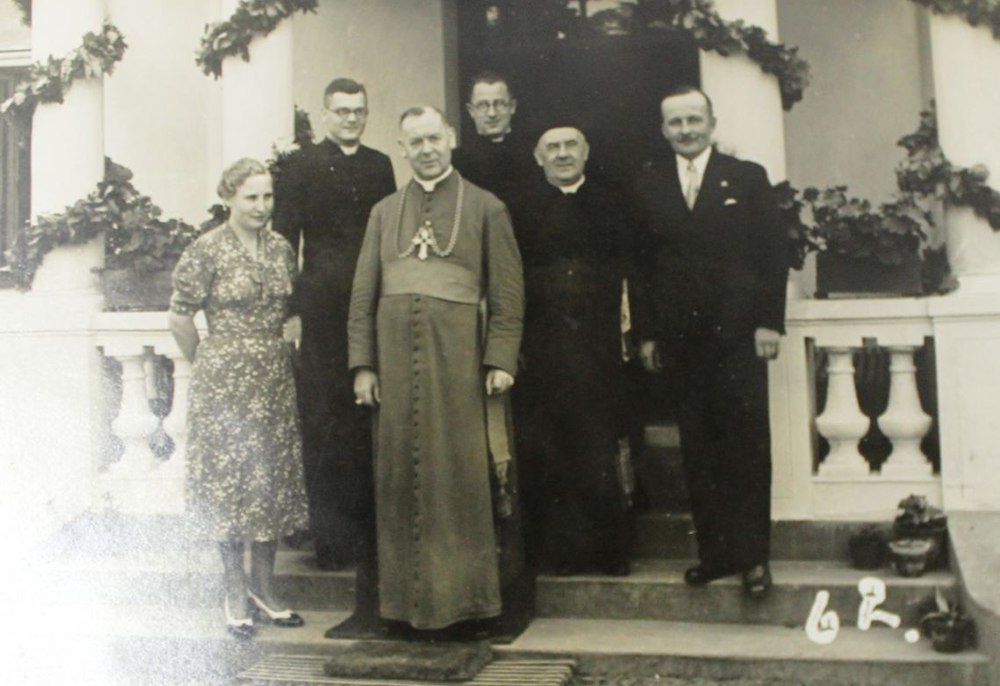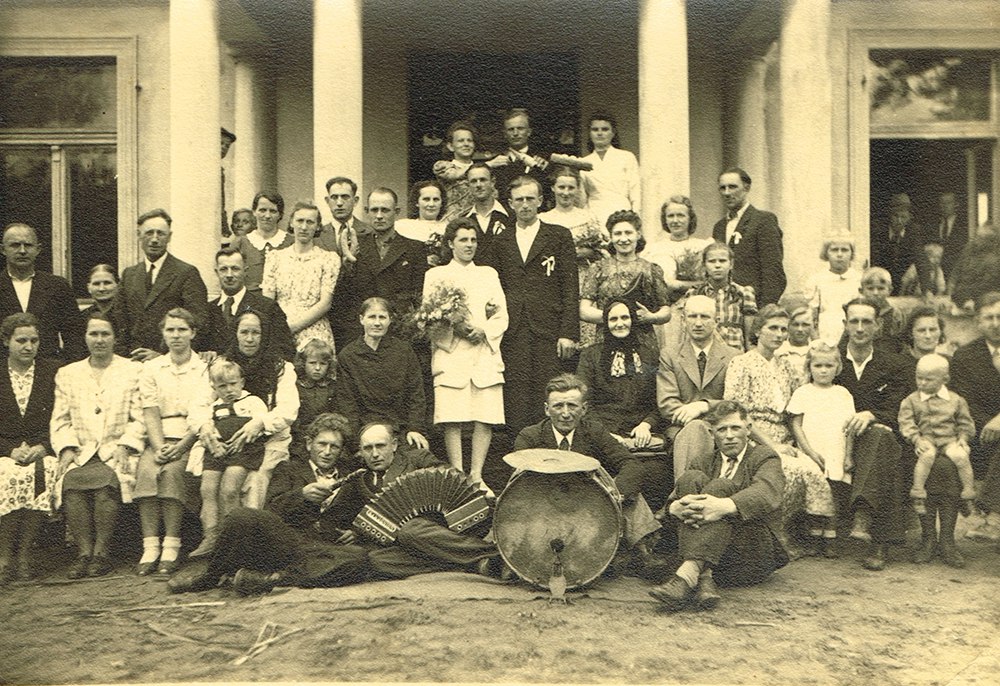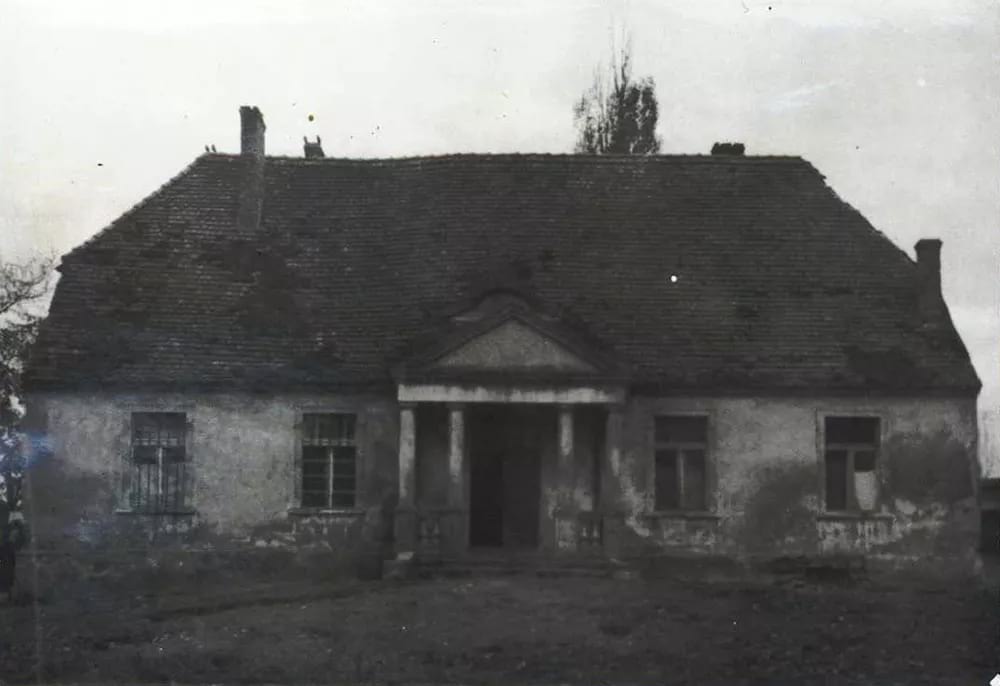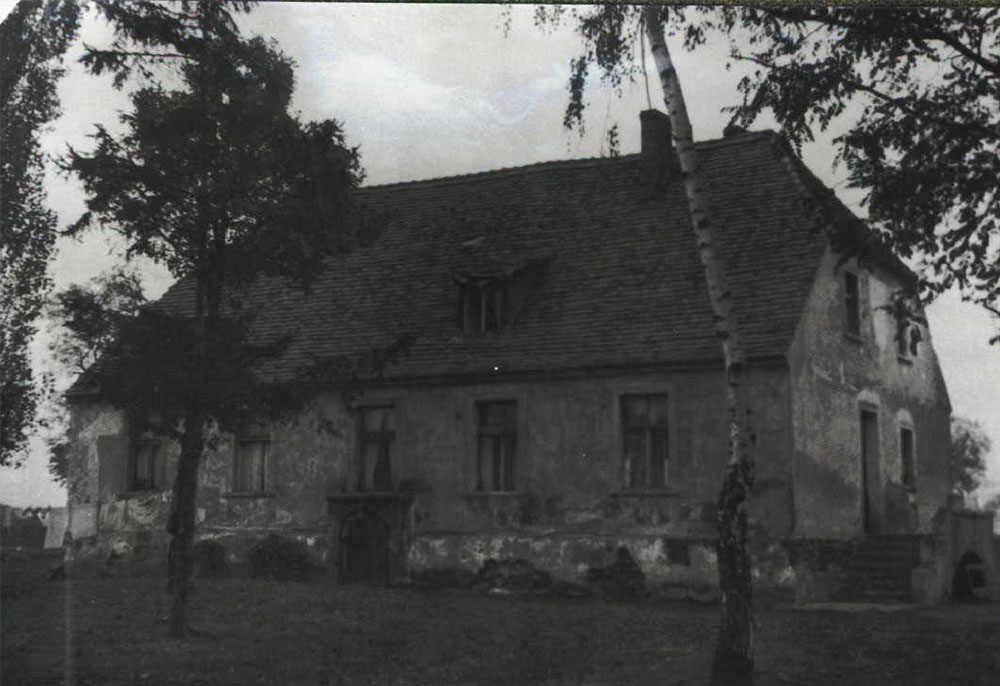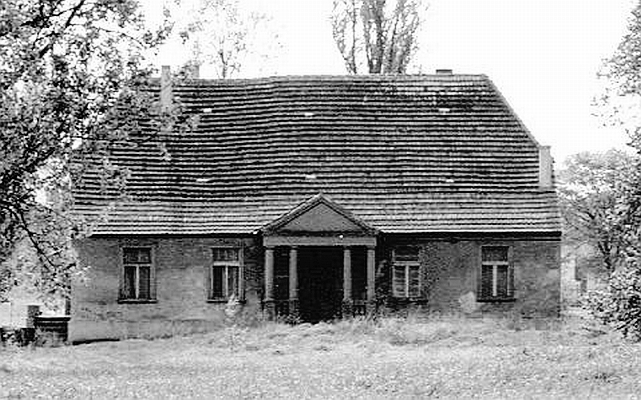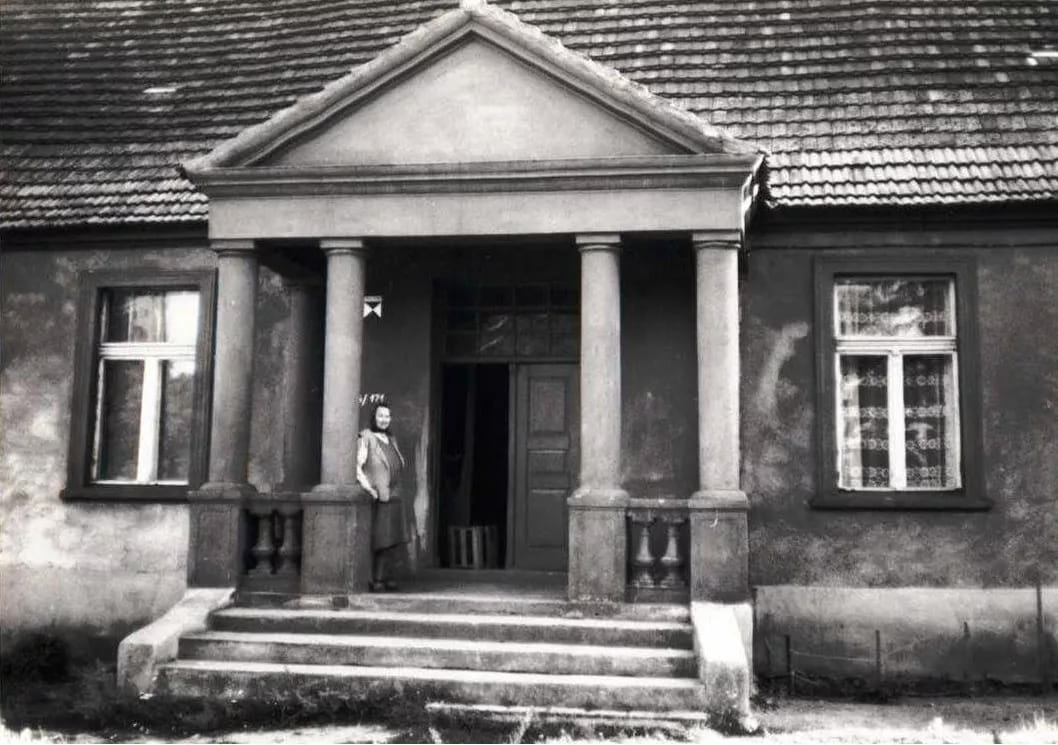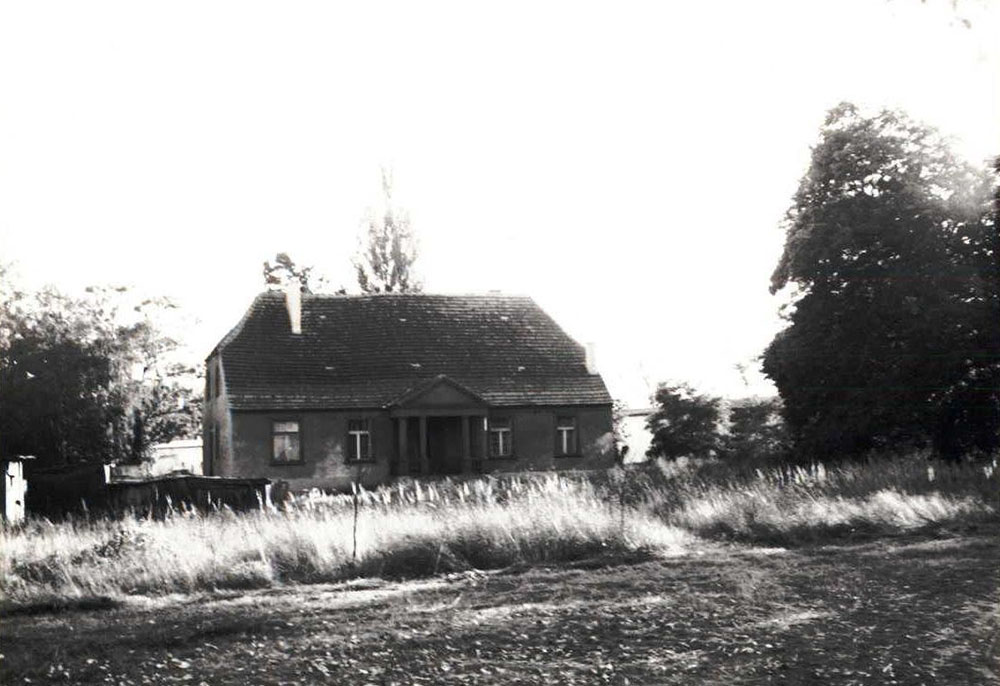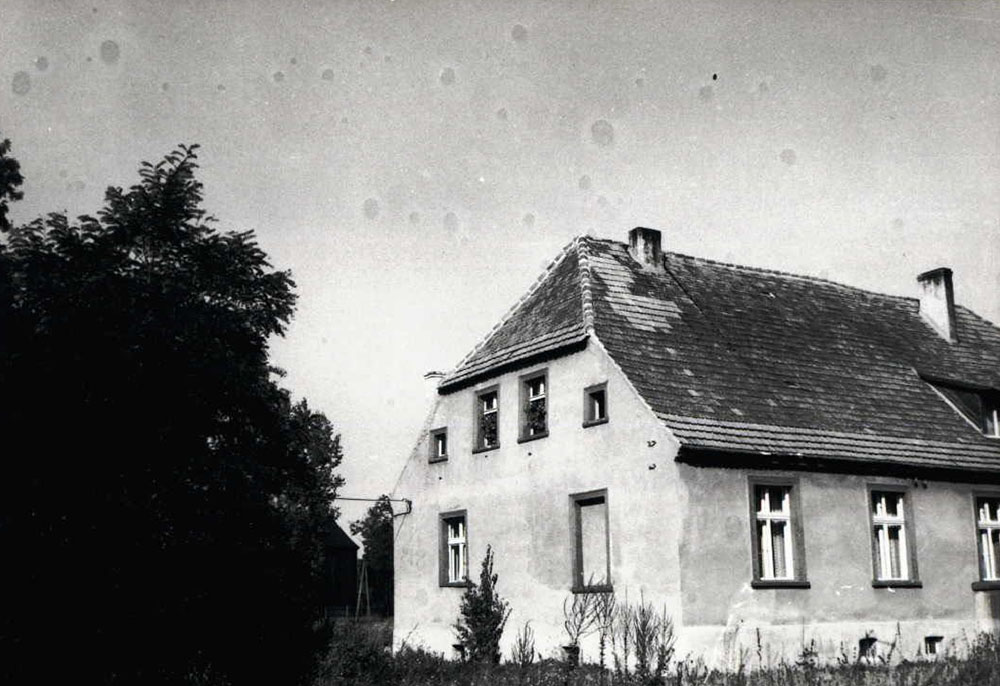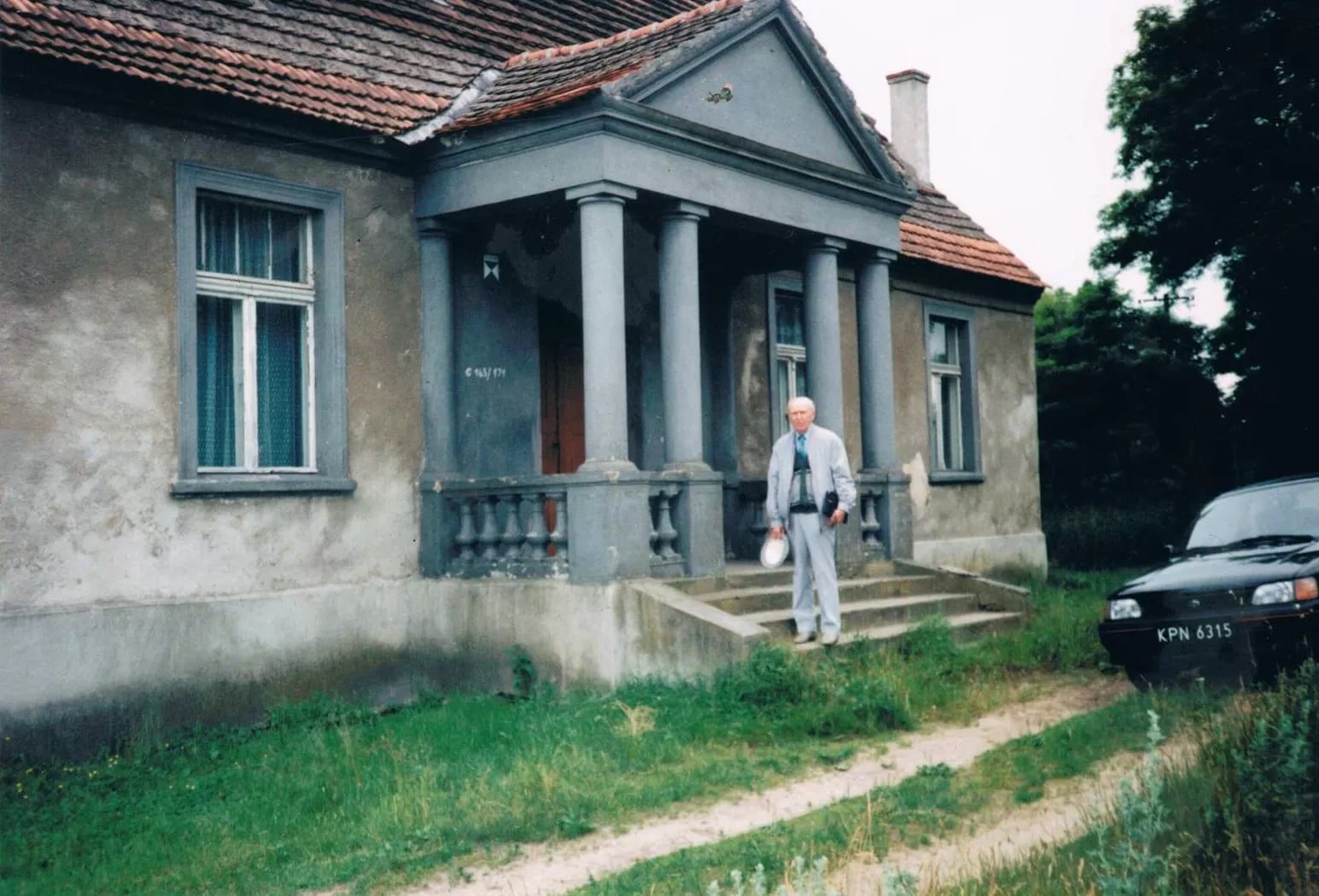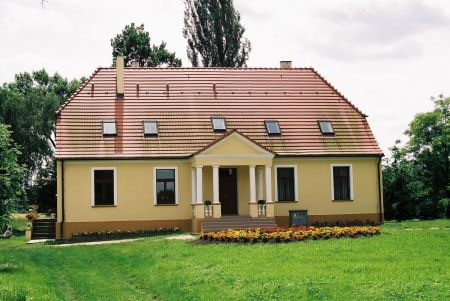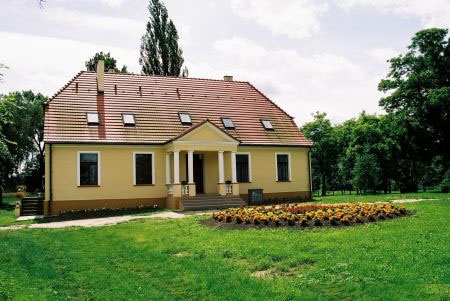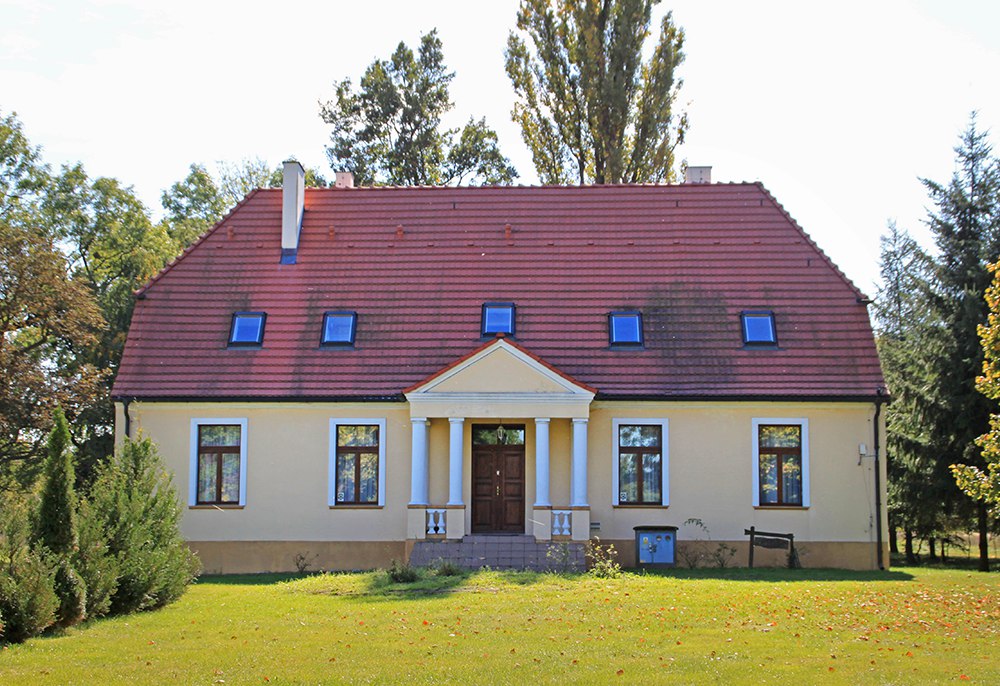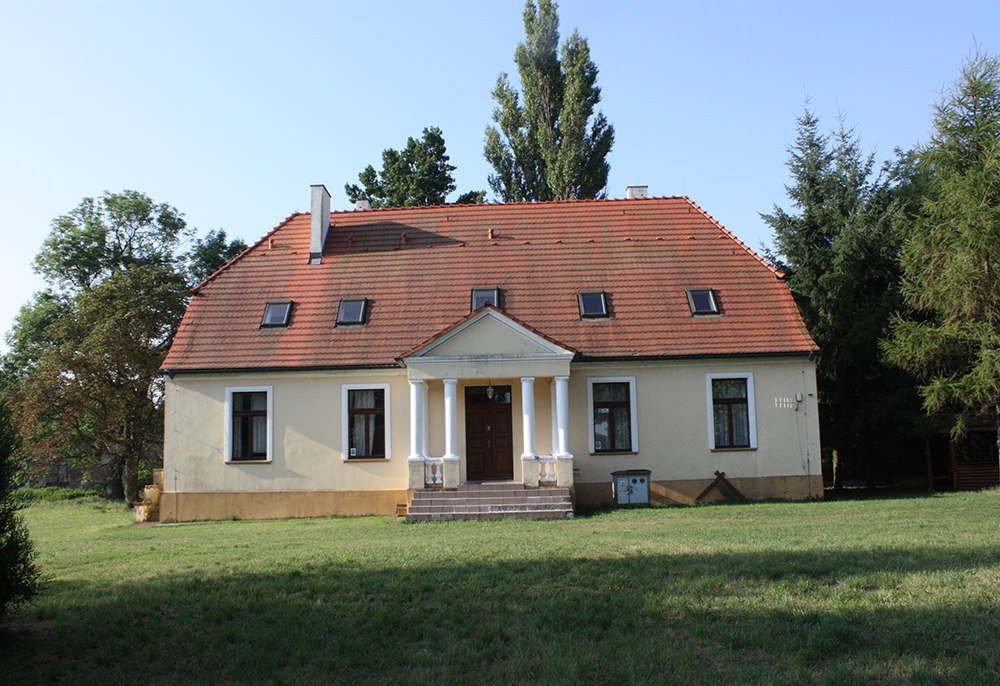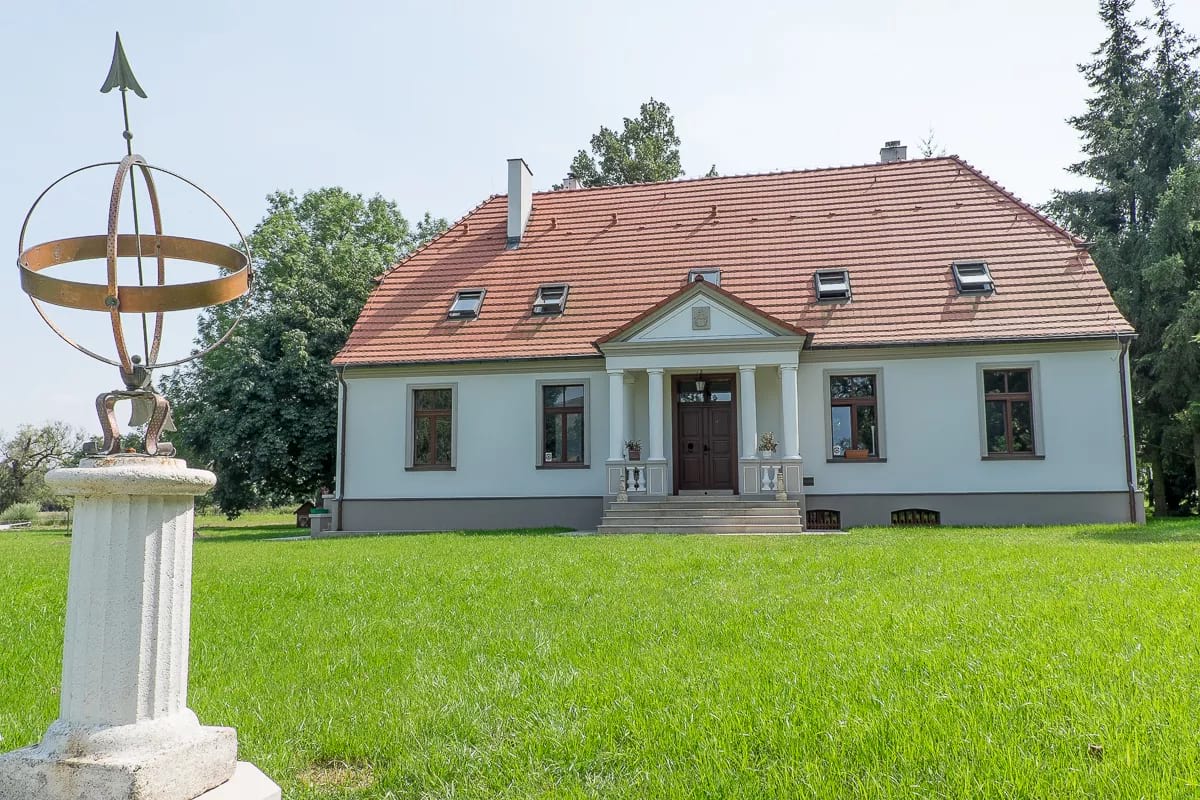At that time, or more precisely in 1777, the temple in Gogolev burned down as a result of a lightning strike. In 1779, a new wooden Baroque church was built, which has survived unchanged to the present day. The church was built on a small hill by a bend in the River Warta, at a place where, according to legend, a cross stopped flowing against the river’s current. This event was perceived as a sign from God and motivated the locals to build a temple. To commemorate this event, the church’s name was changed to Elevation of the Holy Cross.
In the difficult years of the nineteenth and early twentieth centuries for Poland, it was of great importance for the local people that the services held in the temple and the holy sacraments administered were in Polish. As a result, the faithful, who felt themselves to be Polish, often came to the village from very far away. This temple, in those days, became a kind of cradle of Polishness.
